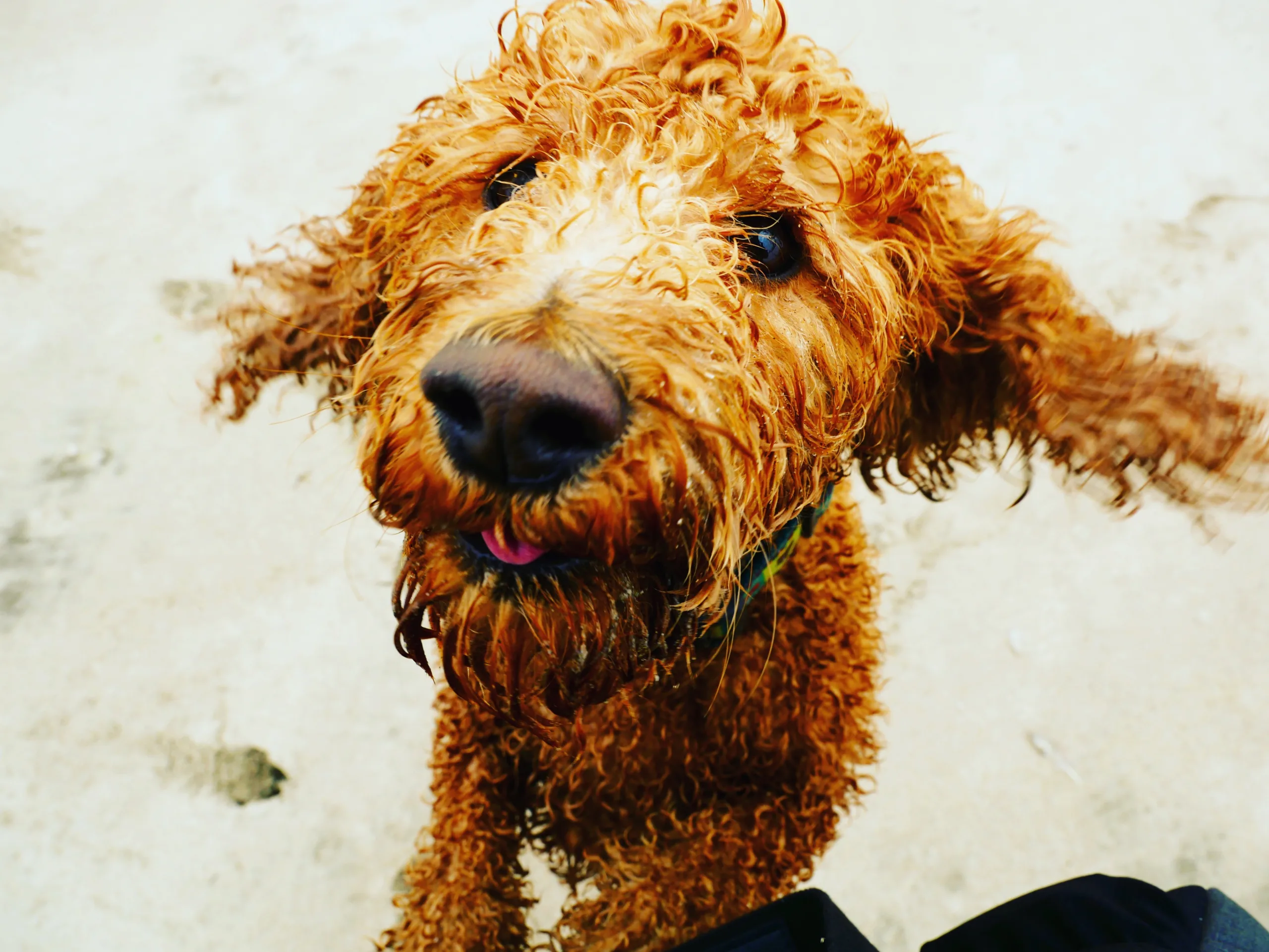Dogs are fascinating creatures with a unique way of communicating their feelings and health status. One such indicator that often captures the attention of dog owners is the state of their furry friend’s nose. You may have heard that a dog’s nose should always be wet, but what does it mean when your dog’s nose is dry? In this article, we’ll delve into the reasons behind a dry nose in dogs, its potential implications, and how to ensure your canine companion’s well-being.
For more about dogs click here
Understanding Your Dog’s Nose:
A dog’s nose plays a crucial role in their sensory experience. It’s equipped with millions of scent receptors that allow them to explore and interpret the world around them. While a wet nose is often associated with a healthy and active dog, a dry nose can spark concerns among pet owners.
Reasons for a Dry Nose:
Several factors can contribute to a dog’s dry nose:
1. Normal Variation:
Just like humans, dogs can experience variations in the moisture of their nose throughout the day. A dog’s nose may be wet at times and dry at others without indicating any health issues.
2. Sleeping or Resting:
Dogs tend to lick their noses more when they are active or awake. When they are resting or sleeping, their noses may become dry due to reduced licking.
3. Environmental Factors:
Exposure to dry and hot environments can cause a dog’s nose to dry out. Air conditioning, sun exposure, and low humidity can contribute to a temporarily dry nose.
4. Breed Traits:
Certain breeds are more prone to having drier noses. Breeds with short snouts, like Bulldogs and Pugs, often have drier noses due to their anatomy.
5. Age and Health:
As dogs age, their noses might become drier. Additionally, some health conditions or medications can affect the moisture of a dog’s nose.
FAQs on What Does it Mean When a Dogs Nose is Dry?
Q1: Is a dry nose on a dog bad? Not necessarily. A dry nose doesn’t always indicate a health issue. It’s important to consider other factors, such as your dog’s behavior, appetite, and overall well-being.
Q2: Should a dog’s nose be wet or dry? A dog’s nose can be both wet and dry at different times. It’s the overall behavior and health of the dog that are more important indicators of their well-being.
Q3: Is my dog thirsty if his nose is dry? While a dry nose doesn’t necessarily mean your dog is thirsty, it’s always a good idea to ensure your dog has access to clean and fresh water to stay hydrated.
Q4: Why is my dog’s nose not cold or wet? A dog’s nose can change temperature and moisture levels based on various factors, including their level of activity and the environment they’re in.
Q5: How do I know if my dog is dehydrated? Signs of dehydration in dogs include dry gums, loss of skin elasticity, lethargy, and excessive panting. If you suspect dehydration, consult a veterinarian.
Q6: How do I hydrate my dog? Ensure your dog always has access to clean and fresh water. On hot days or after vigorous activity, offer your dog water more frequently. You can also include moist food in their diet to increase hydration.
Conclusion:
A dog’s dry nose is not always a cause for concern. It’s important to consider various factors, including breed traits, environmental conditions, and your dog’s overall behavior. While a wet nose is often associated with a healthy dog, it’s just one of many indicators. Pay attention to your dog’s behavior, appetite, energy levels, and overall well-being to determine their health status. If you have any doubts or concerns about your dog’s health, don’t hesitate to consult a veterinarian for professional guidance.
Click here for more
